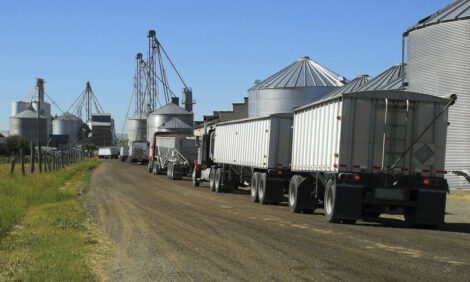



See it, do it, teach it: Veterinarian offers tips for caregiver training
When you give someone something to read, the expressed competency level is about 10%. When you talk to them on the phone, it’s only 20%.But if that person sees a colleague do something a certain way on the farm, it quickly overrides the written and spoken messages, Sarah Probst Miller, DVM, president of AgCreate Solutions, told Pig Health Today.
“At the end of the day, if we’re going to positively impact pig health, we need to be able to positively impact people,” said Sarah Probst Miller, DVM, president of Agcreate Solutions. “That’s what training is about.”
The key then is to stimulate the person, including brain chemicals such as adrenaline that entice the learner to be engaged and to want more. That starts with presenting material in a way that relates to them — the old “what’s-in-it-for-me” angle.
Three-step process
Probst Miller advocates a three-step process that encompasses: see it, do it, teach it.
- “See it” includes using engaging videos to visually illustrate the topic and related messages.
- “Do it” follows next with the trainee applying what he/she has learned in a “safe environment” — sort of a neutral test-run. “This is important because we know that feelings interfere with learning,” she pointed out. “If the learner is worried or scared or angry, all of those feelings interfere with the process.”
- “Teach it” is the critical in-barn verification step, where the learner teaches a verifier how to do the task. “We want the person to own the task,” Probst Miller said. “If a person teaches something, you can get up to a 95% of competency expression.”
The goal is to have well-trained, motivated workers that see beyond their jobs and view their role in pig production as a profession. Pig care is as essential as food, air and water, Probst Miller said. Training people to walk the pens, spot sick pigs and then intervene early in the disease process are valuable and important skills — and are more likely to result in successful treatments.
Regarding people care, they want to do a good job, but without effective training on-farm expectations will fall short. “It takes people to make pork,” she added. And science can provide a complementary pathway connecting employee training, pig health and quality pork.









